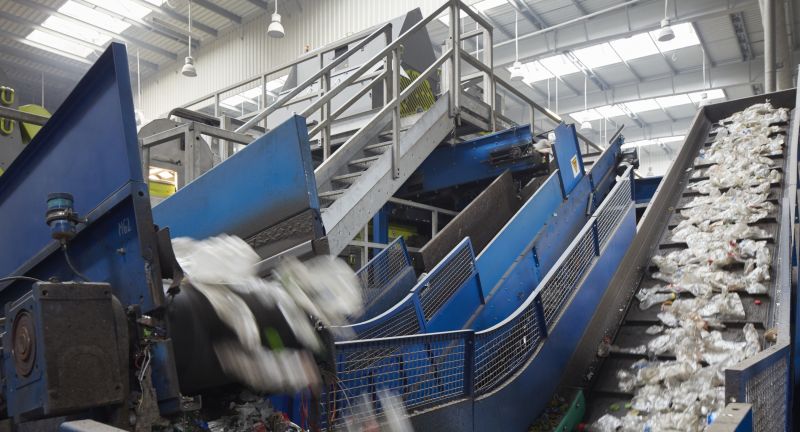Each year, investors, businesses and governments spend over $1,3 trillion on waste reduction as well as on repair and reuse schemes. The sum in question is inadequate for the purpose of establishing a sustainable and circular economy across borders, a new study finds.
Conducted by UK think tank Chatham House and research specialists Just Economics, the study established that governments allocate $510 billion, companies $800 billion and financial institutions and investors $46 billion to circular economy initiatives.
Taken on their own, these numbers appear remarkable yet compared to annual investments in conventional ‘linear economy models’, that is, to markets where products and resources are conceived of for single rather than multiple use, the figures seem negligible.
Analysis proved that the governmental budget of $510 billion only comprised around 4% of a total spend of $13 trillion while the $800 billion a year allocated by companies only represented 2% of a total of $35 trillion.
The global fashion industry, worth $1,5 trillion, only saw circular investment accounting for 0,05% ($7 billion for the resale and $1,26 billion for the rental of clothing in 2019) of that amount-despite predicted consumer demand for sustainable economy practices. Similarly, circularity centred measures around e-waste, considered a crucial revenue source for businesses, only made up for as little as 17% of global e-waste recycling.
Findings in this sense also showed that the UN’s Sustainable Development Goals (SDGs) related to the circular economy are the least well-funded. Said objectives- which relate to sustainable consumption and production-attracted just 1-2% of official development assistance spending between 2021-2017.
“Recycling, reusing materials and reducing waste makes clear business sense, which is why spending on the circular economy is rising rapidly,” explained Patrick Schröder, senior research fellow at Chatham House. “However, funding remains far below where it needs to be to reap the full investment rewards. Moving from a linear ‘take-make-throw away’ economy to circular, sustainable business models will create jobs, promote investment and protect the planet.”
“As economies build back from Covid-19, we must use this moment to break into a profitable, future-proof and circular economy.
“To get there, governments should use circular finance to support sustainable development, regulators should incentivise investment in the circular economy, and more companies and investors must realise that resource-intensive investments are unsustainable – and therefore unprofitable in the long-term. Only then will we have a global economy that works for all”, he concluded.







